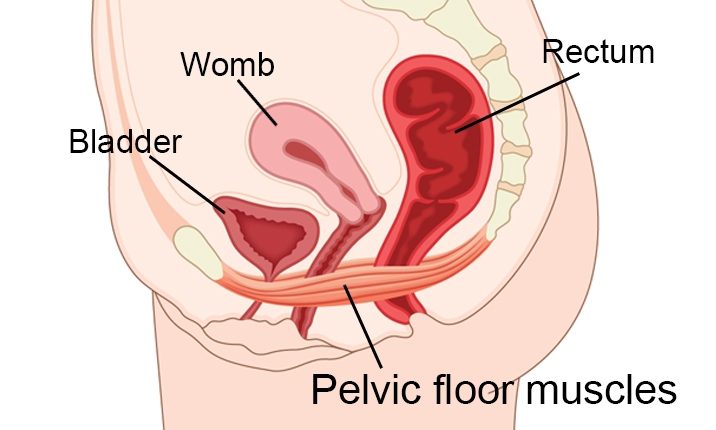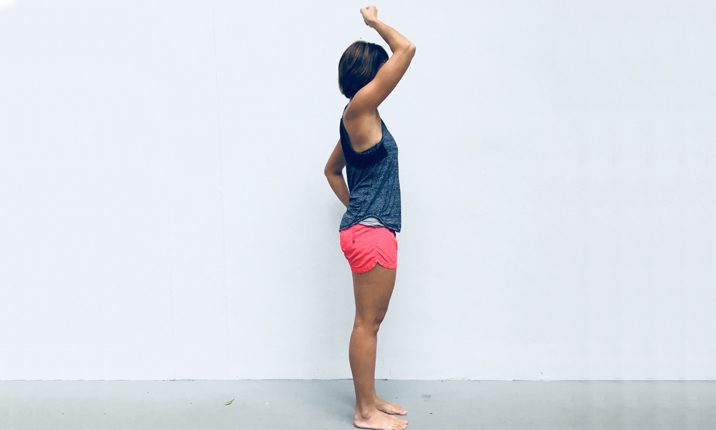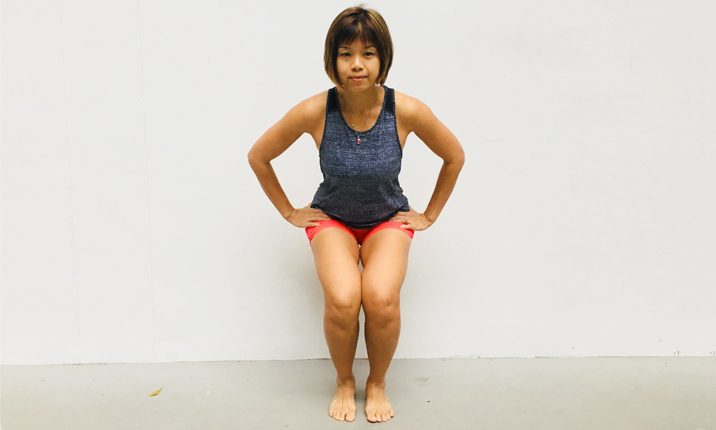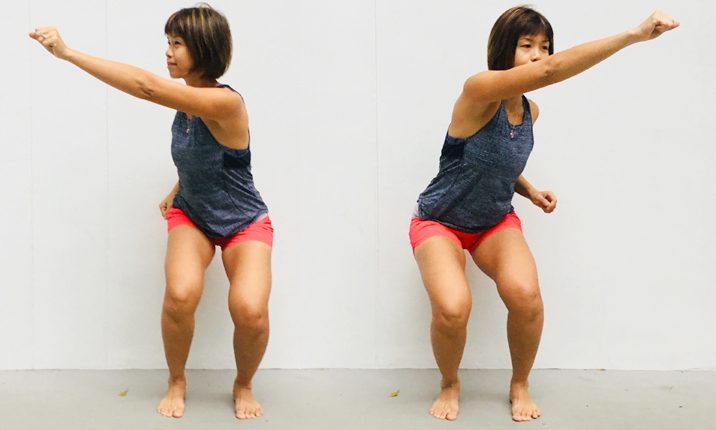Paying attention to the important parts of your core muscles can prevent urine leaks and help with the delivery of your baby.
Did you know that if you neglect your pelvic floor during pregnancy, you may be setting yourself up for bouts of urine leakage? This is because the muscles at the base of your bladder weaken during pregnancy and childbirth.
We look at 5 pelvic floor exercises so you can start moving intentionally to get your pelvic floor stronger from the onset of pregnancy, and how to help it recover well after delivery. These movements are safe and will also help you feel more energised.
But first, what is the pelvic floor?

Think of your pelvic floor as layers of muscles, ligaments and soft tissues joined like a sling, supporting your bladder, bowel and uterus (womb). Just like any other muscle, the health of our pelvic floor depends a lot on movement to keep the soft tissues hydrated, elastic and strong. If your pelvic floor is neglected, it will inevitably lead to pelvic floor dysfunctions such as incontinence, or even womb prolapse, later on in life.
How does pregnancy affect my pelvic floor?
During pregnancy, changes in hormones and the increasing weight of your baby add pressure to your pelvic floor muscles. This pressure over several months can lead to stretching of your pelvic floor muscles, which can weaken them, leading to urine leaks.
Is exercising your pelvic floor muscles really necessary?
By doing exercises that strengthen the muscles that support the bladder, uterus, and bowels, (your pelvic floor), you will be better able to relax and control these muscles in preparation for labour and childbirth. You should continue these exercises after giving birth to promote the healing of perineal tissues, return your pelvic floor muscles to their natural state, and gain increased urinary control.
So, apart from Kegel exercises, what can you do to strengthen your pelvic floor?
1. Breathe right

It’s not surprising to find ourselves taking shallow breaths throughout the day as we encounter sources of stress in our daily lives. Deep breathing exercises send large volumes of air into our abdomens, engaging our deep abdominal and pelvic floor muscles to work harder.
Try this: Take in a deep breath and feel your belly expand outwards. Let the air out slowly by making a hissing sound through your teeth. Slowly exhale to the end of the breath, and feel the muscles around your core contract push out the very last of your breath, before you inhale again.
2. Posture

Good posture helps to create a natural intra-abdominal pressure that encourages your core to engage surrounding muscles to hold your torso straight and tall. Your pelvic floor will subconsciously be activated too when your core is functioning well. And it starts simply with great posture!
Try this: Stand upright and make a conscious effort to ensure you are not leaning forward or slouching. If this is too challenging, simply imagine a straight wire running through from the top of your head to your feet. If someone were to pull the wire from above your head, you would straighten out naturally. You should feel your belly button being pulled in towards your spine, and your buttocks clenching slightly.
3. Body Squats

Just like any other muscles, your pelvic floor muscles should be worked to remain strong and healthy! Getting in some gentle squats throughout the day works your pelvic floor muscles better than staying still.
Try this: Practise body squats with a chair behind you. Inhale as you lower yourself onto the chair. Exhale as you stand up again. Control your movements and be aware of your posture. To progress, remove the chair from behind you and squat in the same way you did when you had the chair there. Make sure you still pay attention to the way you are breathing and maintain controlled movements.
Perform 15 – 20 repetitions each time. Repeat as many sets as you like in a day.
4. Body squats with knee dance

Now that you are familiar with body squats, it’s time to add in some variety to the movements to keep the muscles continually engaged. By simply turning your knees in different directions, you are helping to activate and strengthen your pelvic floor subconsciously.
Try this: Lower yourself into a body squat. While staying in that position, draw circles with your hips in a clockwise direction for 5 rounds. Then repeat the same movement in an anti-clockwise direction.
Next, try the same movement but with your feet turned inwards, then with your feet turned outwards.
Perform 10 – 15 squats for each movement. Repeat as many sets as you like in a day.
5. Mini squat punches

To achieve more holistic movement patterns that simulate real-life movements that our pelvic floors are subjected to in our daily lives, add in some hand movements.
Try this: Lower yourself into a body squat. Punch your right hand towards your left, then your left hand towards your right.
Perform 10 – 15 squats each time. Repeat as many sets as you like in a day.
Repeat the same movements with your feet turned inwards and your feet turned outwards.
Always adopt a safe and holistic approach to pelvic floor strengthening and care. Consult an O&G or consider antenatal care services to better prepare yourself for childbirth and parenthood.
Article reviewed by Dr Elisa Koh, obstetrician and gynaecologist at Mount Elizabeth Novena Hospital (Source)



